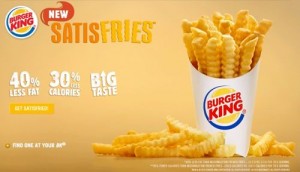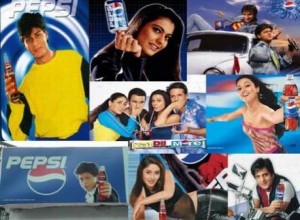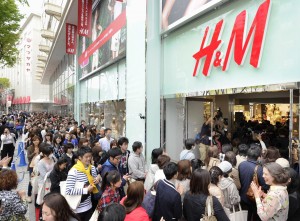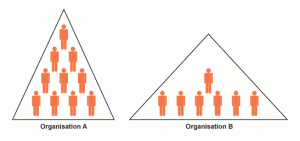Alexander Petri’s blog on the Washington Post recently featured a humorous interpretation of Lululemon’s most recent PR fiasco. When CEO Chip Wilson famously said “some women’s bodies actually don’t work”. This was in response to a question about a defaulted batch of fabric which resulted in too-sheer yoga pants. When he said “its about the rubbing of the fabric between the thighs” we viewers could sense that the Bloomberg interview was in fact not going to be a graceful moment for him.
The fact of the matter is that Chip Wilson’s badly worded comments reflect a contradiction between Lululemon’s stated Value Proposition, and its apparent opinions. As a spokesperson for his brand, Wilson should espouse everything his company claims to promote: that is, healthy living, positive attitude and ethical responsibility. Having said that, it is extremely unethical to comment on some women’s size as opposed to others. Also, stating that they just “don’t work” is in bad taste. His actual apology is what enraged so many bloggers, like Petri to write about him. From a business perspective, this reflects badly on the company. And as a female potential customer, I can safely say that I have no desire to purchase Lululemon Yoga Pants, but I know that most consumers would probably stay unaffected. This story reflects how important Public relations are for popular brands such as Lululemon who claim to stand for grand ideals.
Lululemon would need to hire a stellar PR team to rectify the damage caused by this media debacle. I am personally very curious in finding out how exactly the company bounces back from this, and if it is able to retain its current market segments and loyal customers.





